
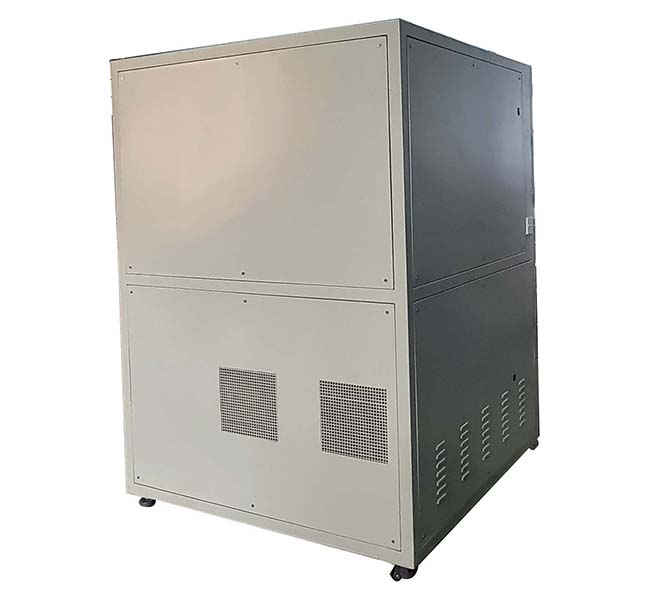
An ozone test chamber is a controlled environment used to test materials, products, or equipment for their resistance to ozone exposure. Ozone, a molecule composed of three oxygen atoms (O3), is a powerful oxidizing agent that can degrade materials over time.
In industries such as automotive, aerospace, electronics, and textiles, it's essential to understand how materials will perform when exposed to ozone, as it can lead to deterioration, cracking, discoloration, or other forms of damage.
The test chamber allows researchers or engineers to simulate various ozone concentrations, temperatures, humidity levels, and exposure durations to assess the durability and longevity of materials under conditions that mimic real-world environments.
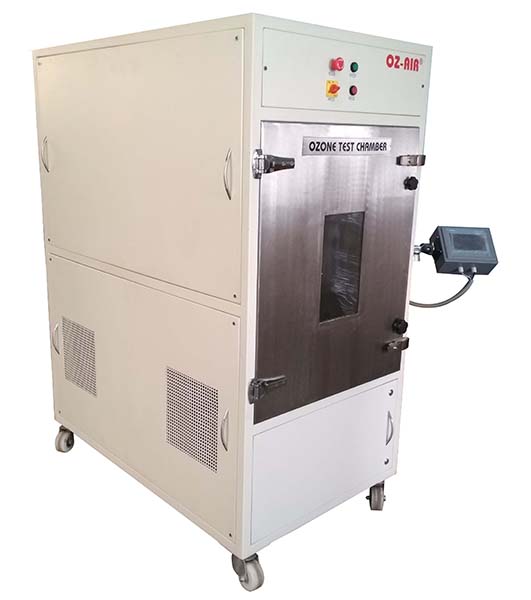
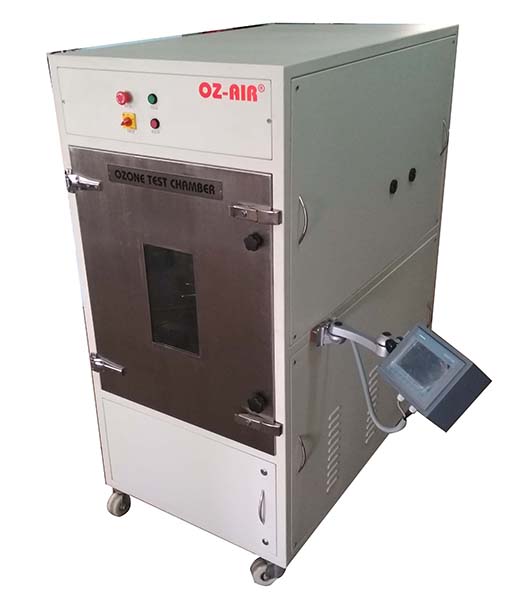
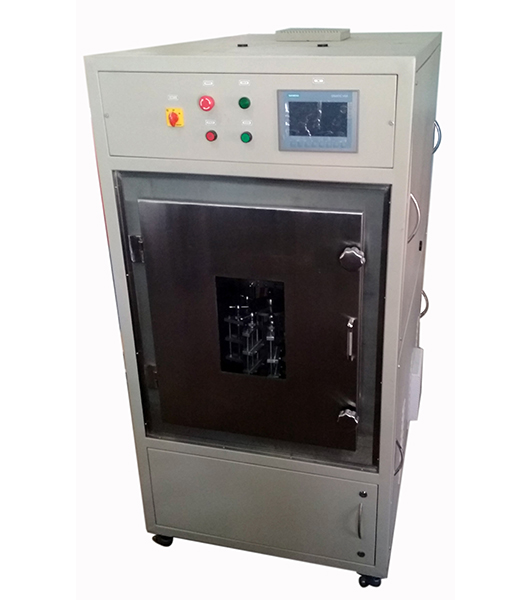
.jpg)
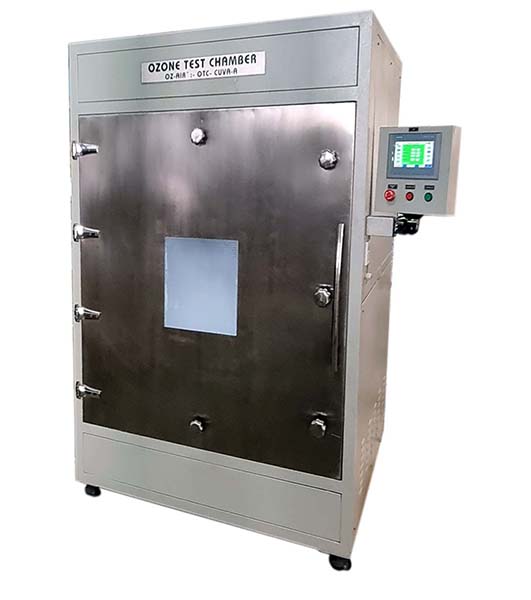
By subjecting samples to controlled ozone exposure in these chambers, researchers can gather valuable data on the material's performance, which informs product development, quality control, and durability assessments.
An ozone test chamber is a controlled environment used to test materials, products, or equipment for their resistance to ozone exposure. It allows researchers to simulate various ozone concentrations, temperatures, humidity levels, and exposure durations to assess durability.
Ozone can cause degradation, cracking, discoloration, or other forms of damage to materials over time. Ozone testing helps industries understand how materials will perform when exposed to ozone, enabling them to develop more durable products and ensure quality control.
Industries such as automotive, aerospace, electronics, textiles, and rubber manufacturing utilize ozone test chambers to evaluate the durability of materials used in their products.
Ozone concentration, temperature, humidity, exposure duration, and airflow are some of the key factors that can be controlled in an ozone test chamber to simulate different environmental conditions.
Samples are typically prepared according to specific standards or protocols established by industry organizations or regulatory agencies. This may involve cutting samples to size, conditioning them to specific environmental conditions, and mounting or securing them in the test chamber.
There are various testing standards and protocols established by organizations such as ASTM International, International Organization for Standardization (ISO), and others. These standards outline procedures for ozone testing, including exposure conditions, sample preparation, and performance evaluation criteria.
Common test methods include static or dynamic exposure to ozone, where samples are either exposed to a constant ozone concentration or subjected to cyclic ozone exposure and recovery periods to simulate real-world conditions.
Data on factors such as material appearance, physical properties, and performance characteristics are collected before, during, and after exposure to assess the effects of ozone exposure. Analytical techniques such as visual inspection, measurements, and testing may be employed to evaluate sample performance.
Ozone testing helps identify materials that are resistant to ozone degradation, leading to the development of more durable products, improved quality control, and enhanced reliability in various industries.
Depending on the industry and application, there may be regulations or industry standards that specify ozone testing requirements for certain products or materials. Adherence to these regulations ensures compliance with safety, performance, and environmental standards.